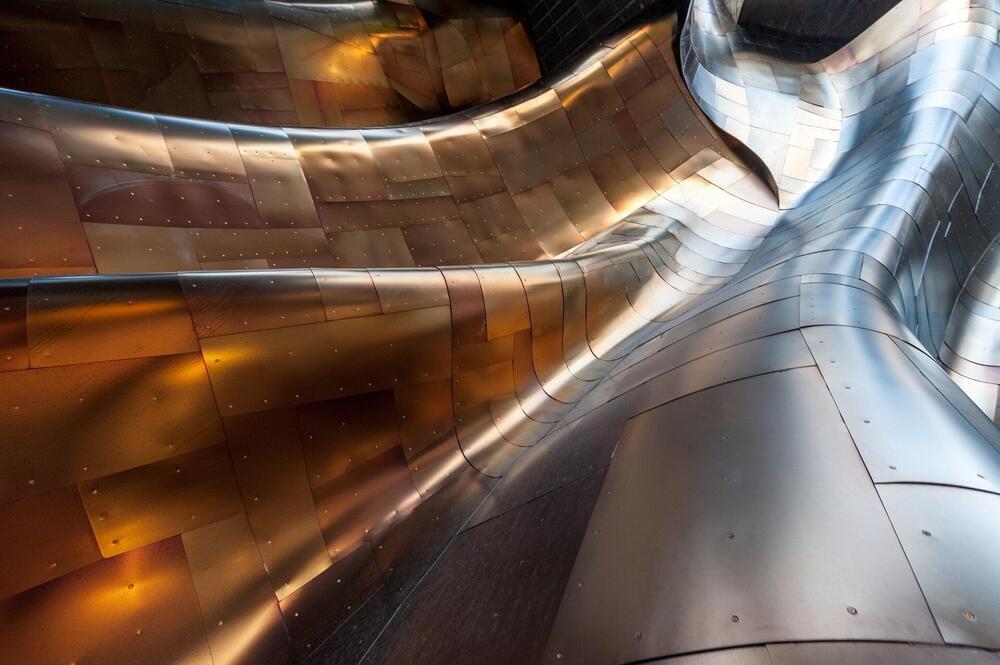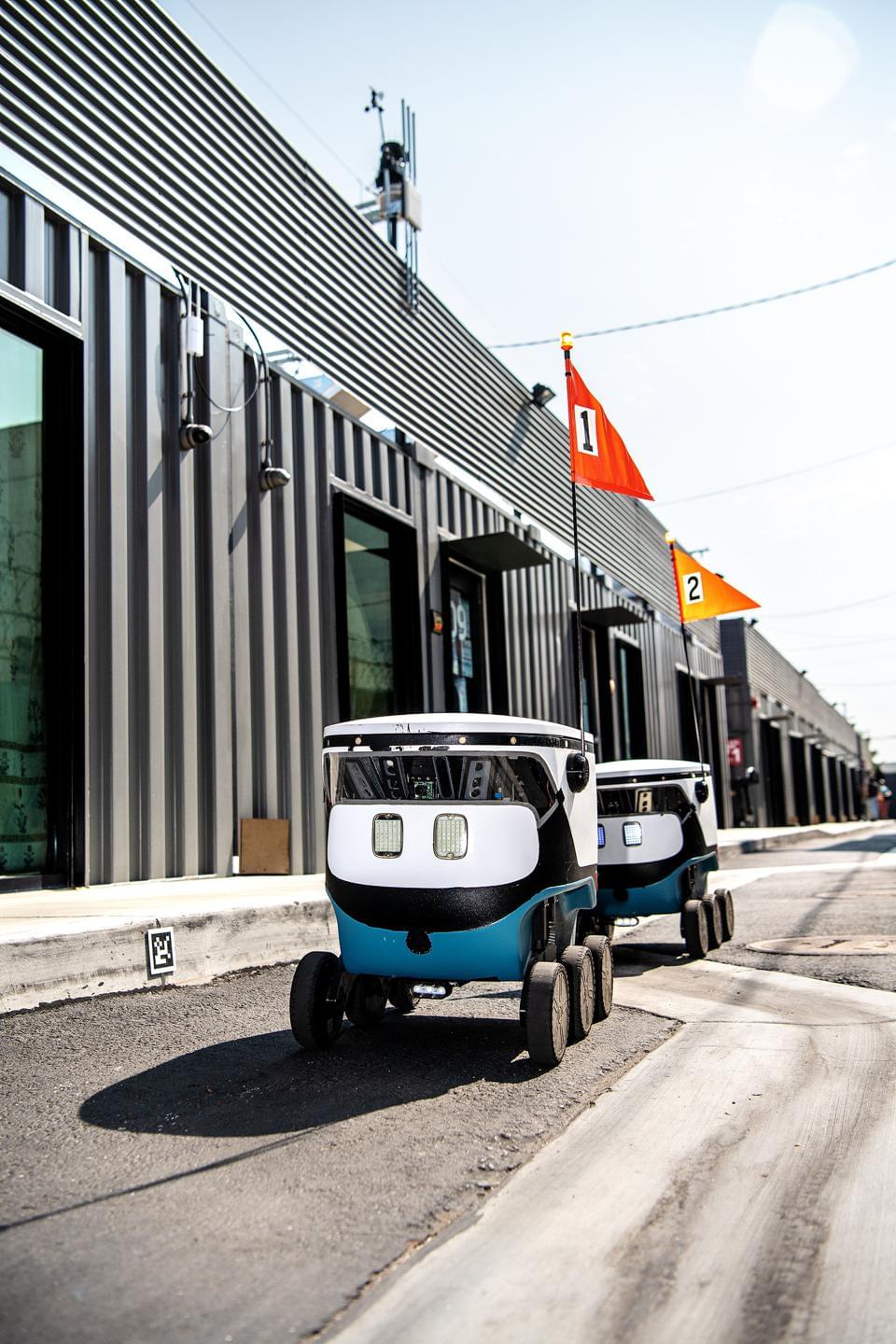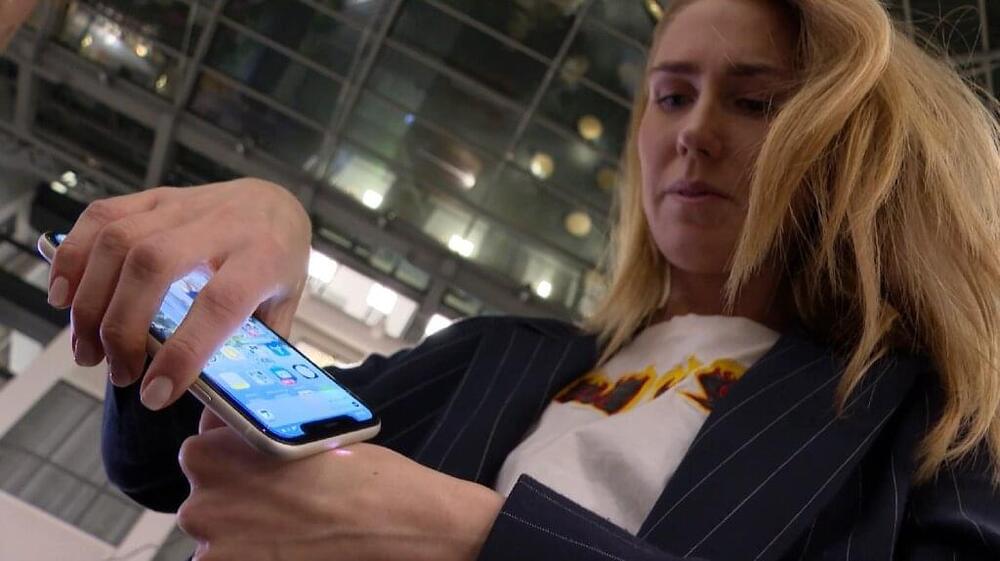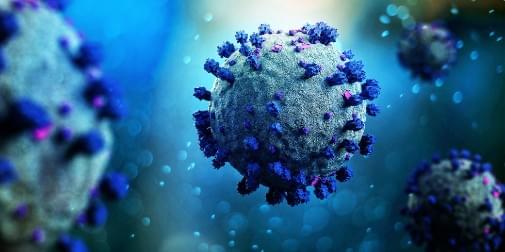Researchers have discovered that using a thin-film coating of copper or copper compounds on surfaces could enhance copper’s ability to inactivate or destroy the SARS-CoV-2 virus responsible for COVID-19.
In a study that began soon after the pandemic hit in March 2020, University of Waterloo engineering graduate students investigated how six different thin metal and oxide coatings interacted with HCov-229E, a coronavirus that is genetically like SARS-CoV-2 but safer to work with.
“While there was already some data out there on the lifetime of the virus on common-touch surfaces like stainless steel, plastics and copper, the lifetime of the virus on engineered coatings was less understood,” said Kevin Mussleman, the Waterloo mechanical and mechatronics engineering professor who led the study.








